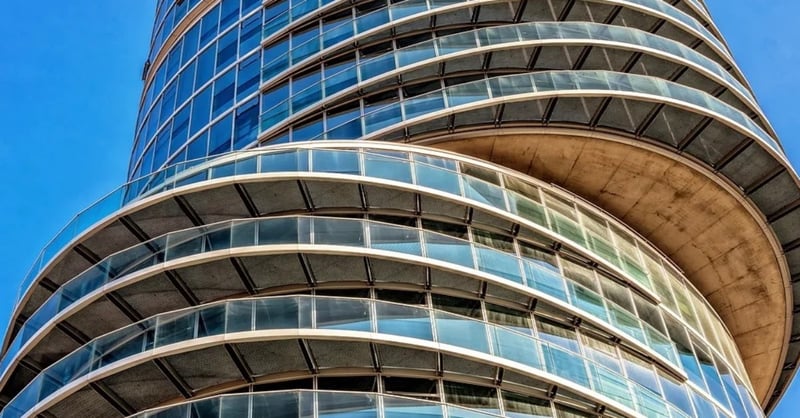
Let's turn that title on its head. The ideal is to work out your materials handling system first, and only then fit the building design around it. In an existing building, you may be limited in your ability to do this – but designing from the inside out as far as possible is key to maximising efficiency.
4 Key Tips For Better Warehouse Design
1. Operational Key Performance Indicators are the first place to look. Are your business's operational KPIs competitive with others in your industry? Even if they are, there may still be room for improvement, giving your company an edge.
2. Look to streamline the amount of time your staff spend on tasks such as picking. Inefficient warehouse design can mean both wasted time spent travelling from one area to another, and bottlenecks caused by congestion. The aim is to maximise productive time.
3. Ensure that functional and value-added activity is concentrated where it makes most sense. An appropriately implemented Warehouse Management Software solution can help you to tailor this to your operation.
4. The more steps an order needs to complete, the less efficient it's likely to be. Engaging a logistics consultant can give you insight into your order fulfilment process that may be less evident from inside your organisation.
What Factors Go Into Optimising Warehouse Space?
Achieving optimal efficiency requires a holistic approach; consider knock-on effects on other parts of the operation before making wide-scale changes.
- ABC Classification – Sort stock items into three categories; A for the most important stock items through to C for the least profitable. Category A may contain only 20% of your SKUs but contribute 80% of your profits.
- Storage requirements - Keep the configuration of storage areas under continuous review and be ready to make adjustments to suit your changing mix of product lines.
- Operational Layout – Consider how work and storage areas can be organised to create a smooth flow through the warehouse. Engaging a logistics consultant can give you fresh vision.
- Storage equipment/media – You can maximise space utilisation by ensuring that shelves, racks and so on are always aligned with your current requirements. Keep comprehensive product data on a single, up-to-date database or inventory management platform.
- Re-engineering – Integrating systems and consolidating operations can cut your operating footprint substantially. Streamlined processes are attractive to customers due to increased transparency.
Find Out More
At LPC International, our bespoke logistics and warehouse planning solutions can help your business optimise efficiency. Download the free Warehouse Productivity Guide to help you plan the way ahead for your warehousing.
Image source: Pixabay


